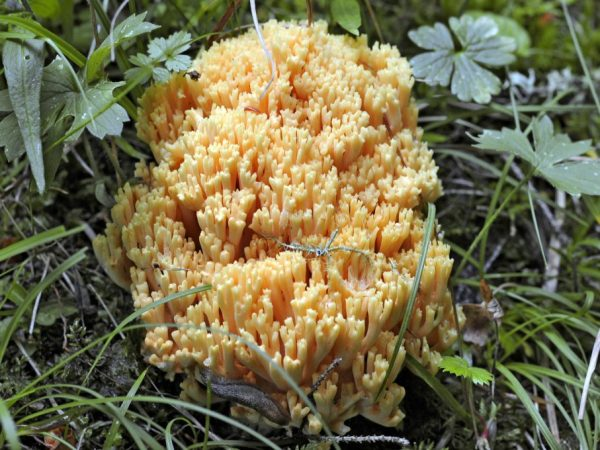Una scoperta sorprendente sulla Grande Macchia Rossa di Giove / A surprising discovery about Jupiter's Great Red Spot
Una scoperta sorprendente sulla Grande Macchia Rossa di Giove / A surprising discovery about Jupiter's Great Red Spot
Segnalato dal Dott. Giuseppe Cotellessa / Reported by Dr. Giuseppe Cotellessa
Nel 1665 l’astronomo italiano Giovanni Cassini individuò una gigantesca macchia scura su Giove, che battezzò “macchia permanente”. Sebbene gli astronomi abbiano perso le tracce della macchia per interi secoli, abbiamo sempre creduto che l’originale “macchia permanente” potesse essere la Grande Macchia Rossa che possiamo osservare ancora oggi. Per chi non lo sapesse, si tratta di una enorme tempesta sulla superficie di Giove. A quanto pare, però, ci sbagliavamo. Dopo che la “macchia permanente” fu osservata per la prima volta nel XVII secolo, ne perdemmo le tracce. L’ultima osservazione documentata risale al 1713 e sarebbe trascorso più di un secolo prima che potessimo avvistarla nuovamente. Un nuovo studio condotto proprio sulla Grande Macchia Rossa suggerisce, infatti, che molto probabilmente si tratta di una tempesta più recente e più giovane di quanto ipotizzato in precedenza.
Dalle misurazioni delle dimensioni e dei movimenti, abbiamo dedotto che è altamente improbabile che l’attuale Grande Macchia Rossa fosse la ‘Macchia Permanente’ osservata da Cassini. La ‘macchia permanente’ probabilmente scomparve tra la metà del XVIII e il XIX secolo, nel qual caso ora possiamo affermare che la longevità della macchia rossa supera i 190 anni“, dichiara Agustín Sánchez-Lavega, planetologo dell’Università dei Paesi Baschi a Bilbao, a capo della ricerca. Nello specifico, per cercare di avere un quadro più chiaro della situazione, gli studiosi hanno utilizzato i dati relativi ai cambiamenti della Grande Macchia Rossa nel corso del tempo, effettuando diverse simulazioni al computer. Ciò che sappiamo per certo della Grande Macchia Rossa è che si sta riducendo. Un’osservazione del 1879 collocava la dimensione della macchia a 39.000 chilometri lungo il suo asse maggiore, mentre ora si estende per 4.000 chilometri sul suo asse maggiore. Ora il gruppo condurrà ulteriori simulazioni per prevedere se la Grande Macchia alla fine scomparirà o meno come la Macchia Permanente di Cassini. Chissà, forse rinascerà tra centinaia di anni.
ENGLISH
For centuries it was believed that the Permanent Great Spot observed by Cassini was the current Great Red Spot of Jupiter, but new studies have disproved this theory.
In 1665 the Italian astronomer Giovanni Cassini identified a gigantic dark spot on Jupiter, which he called the "permanent spot". Although astronomers lost track of the spot for centuries, we have always believed that the original "permanent spot" could be the Great Red Spot that we can still observe today. For those who don't know, this is a huge storm on the surface of Jupiter. As it turns out, though, we were wrong. After the “permanent stain” was first observed in the 17th century, we lost track of it. The last documented observation dates back to 1713 and more than a century would pass before we could sight it again. A new study conducted on the Great Red Spot suggests, in fact, that it is most likely a more recent and younger storm than previously hypothesized.
From size and motion measurements, we deduced that it is highly unlikely that the current Great Red Spot was the 'Permanent Spot' observed by Cassini. The 'permanent spot' probably disappeared between the mid-18th and 19th centuries, in which case we can now say that the longevity of the red spot exceeds 190 years,” says Agustín Sánchez-Lavega, planetary scientist at the University of the Basque Country in Bilbao , head of the research. Specifically, to try to get a clearer picture of the situation, the scholars used data relating to the changes of the Great Red Spot over time, carrying out various computer simulations. What we know for sure about the Great Red Spot is that it is shrinking. An 1879 observation placed the size of the patch at 39,000 kilometers along its major axis, while it now extends 4,000 kilometers on its major axis. Now the team will conduct further simulations to predict whether or not the Great Spot will eventually disappear like Cassini's Permanent Spot. Who knows, maybe it will be reborn in hundreds of years.
Da:
https://www.scienzenotizie.it/2024/06/25/una-scoperta-sorprendente-sulla-grande-macchia-rossa-di-giove-0087509?fbclid=IwZXh0bgNhZW0CMTEAAR3CY80fM7XtYmABs0EkIREPmyP4sFm2MVgFVIz3h6MQhrpmUTsR4D7HtUQ_aem_I-xMH1iqFwaf1ad6ZZG3Mw




Commenti
Posta un commento